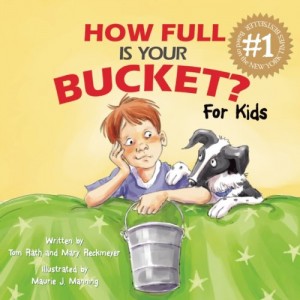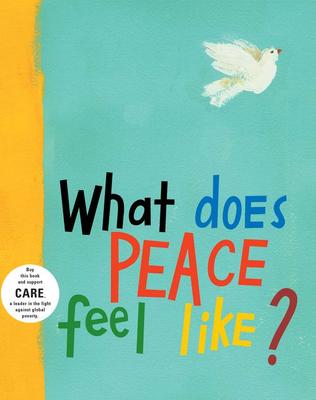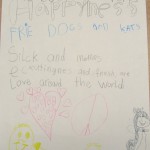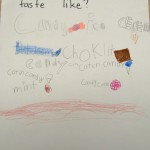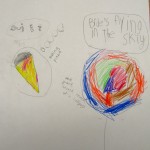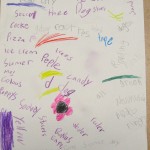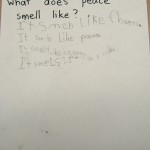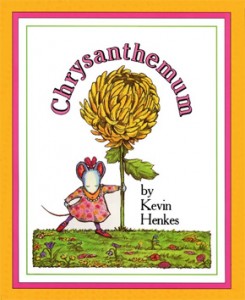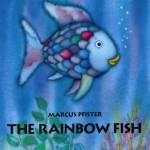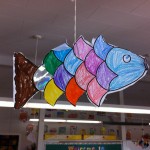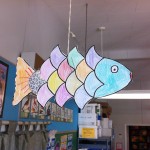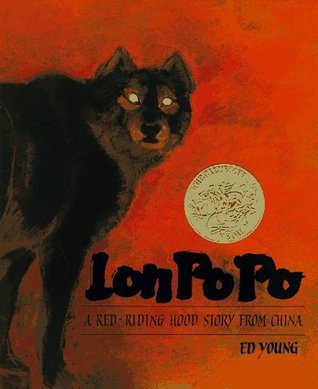 Today we read “Lon Po Po” by Ed Young. It is a version of Little Red Riding Hood from China. Three children are told not to open the door to anyone when their mother goes to visit their grandmother. A wolf shows up, pretending to be their grandmother, their Po Po. The children let him in, but when they climb into bed to go to sleep they realize he is really a wolf, so they come up with a plan to trick him. They climb the gingko tree to eat its nuts, but the wolf cannot climb the tree. So they pull him up in a basket on a rope, but let go of the rope before it reaches the top, killing the wolf.
Today we read “Lon Po Po” by Ed Young. It is a version of Little Red Riding Hood from China. Three children are told not to open the door to anyone when their mother goes to visit their grandmother. A wolf shows up, pretending to be their grandmother, their Po Po. The children let him in, but when they climb into bed to go to sleep they realize he is really a wolf, so they come up with a plan to trick him. They climb the gingko tree to eat its nuts, but the wolf cannot climb the tree. So they pull him up in a basket on a rope, but let go of the rope before it reaches the top, killing the wolf.
Before reading, we discussed the three different kinds of connections: text to self (when a book reminds you of something that happened to you), text to world (when a book reminds you of something you have seen or learned about), and text to text (when a book reminds you of another book). After reading the story, students shared their connections, then wrote about them. We had lots of good connections– here is a sampling:
“When Shang thought the wolf is the grandma reminds me of my grandma at home.”
“When the wolf dies in the story reminds me of when the pig ate the wolf in the Three Little Pigs.”
“When the wolf knocked in the door it reminded me of the mailman knocking on the door.”
“When the wolf went in bed reminds me of Goldilocks and the Three Bears when Goldilocks went in bed.”
“When the children climbed the tree reminds me of climbing a tree.”
“When they forgot to lock the door reminds me of when Goldilocks went in the bears’ house because they forgot to lock the door.”
“When the mom left the kids reminds me of when my mom went to a conference in Hawaii.”
“When Shang asks questions to the wolf reminds me of when Little Red Riding Hood asks the wolf all the questions.”
“When they call the wolf Po Po it reminds that my Grandpa is Po Po.”
“When the wolf says ‘The journey is long, my children, and the day is short” reminds me that the days are short in winter.”
